Low supply among issues driving price of farmland – SCSI
Low supply, increasing demand from dairy farmers and issues around succession were the main factors driving up the price of agricultural land last year, according to a report.
The study, from the Society of Chartered Surveyors Ireland and Teagasc, indicates the average price of agricultural land rose by 7% to €9,907 per acre between 2023 and 2024.
It found the most expensive land is in Co Waterford, where good quality land on 50 to 100 acre holdings is fetching an average of €23,500 per acre.
The least expensive land is in Co Mayo, where poor quality land is selling for an average of €3,075 per acre on holdings over 100 acres.
The report notes that data from the Central Statistics Office shows the share of agricultural land sold annually is only around 0.5% of all agricultural area and says this, combined with strong demand is fueling the increase in land prices.
The survey of 169 auctioneers and valuers from all over the country, which took place in February and March of this year, also found the volume of farm land going to market increased marginally during 2024, with probate sales continuing to provide the main source of farmland sales.
According to the report, land values – for sale and rent – are expected to rise again this year primarily due to better milk prices, strong competition among farmers and investors, and recent changes to Ireland’s Nitrates Action Programme.
Due to the latter, it said some farmers require more land to meet lower stocking rate thresholds, which further increases the demand, especially among dairy farmers.
However, the research said although agricultural food prices are strong, there is uncertainty in dairy markets in particular over the impact of higher tariffs on produce being exported to the US.
Overall, it forecasts that average agricultural land sale prices will rise by 6% in 2025, with a 7% increase for rental prices.
Succession planning, it said, is contributing to low land volumes
The report also focuses on farm succession and generational renewal, noting the farming sector comprises of an ageing workforce, with an average age of 59 and only 4.3% of them under 35.
Responses from the SCSI survey indicated the main reasons for such low land volumes coming to the market for sale relate to culture, taxation and succession planning issues.
Chair of the SCSI’s Rural Agency Committee Dr Frank Harrington said the overwhelming response of survey respondents was the Government should review the tax treatment of agricultural land to entice more land to the market to support the younger generations of farmers.
He said: “Land mobility continues to remain a significant challenge.
“Our report highlights that policy changes in taxation and financial incentives may be necessary to encourage more land onto the market for sale.
“More land on the market would assist younger farmers enter the market which could also help improve profitability in farming with a scaling up of food production.”
Dr Harrington said responses to the survey “highlight that in the context of an ageing farming demographic, there is a greater likelihood that their land will be made available for long-term leasing rather than being made available on the sales market”.
Commenting on strong output prices for livestock and milk, Teagasc economist Dr Jason Loughrey said: “Last year, we saw strong price growth for milk – up 16%- and lamb, up 18%.
“On average, dairy farms and sheep farms recovered from a difficult 2023.”
He said cattle prices were “also up 4.5% compared to 2023 while the picture for pigs and cereals was more mixed”.
“At the same time, overall input prices decreased with lower prices for significant inputs such as feed and fertiliser in particular,” he added.
Mr Loughrey said that it is estimated that “the average net margin per litre of milk produced increased by 84% to 13.3 cent per litre last year”.
He said “prices were higher in the first quarter of 2025 compared to the first quarter of 2024”.
“This year, beef prices have reached record levels and were approximately 40% above the average for the first quarter of last year,” he said, adding “so far this year, lamb prices are up 19%”.
However, Mr Loughrey said the introduction of new tariffs on exports to the US “is adding uncertainty for both the short and medium term”.
“Exports of Irish butter to the US have grown rapidly in recent years and this market may become less lucrative given the imposition of 10% tariffs with the possibility that additional tariffs may be imposed,” he said.
Article Source – Low supply among issues driving price of farmland – SCSI – RTE
